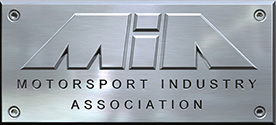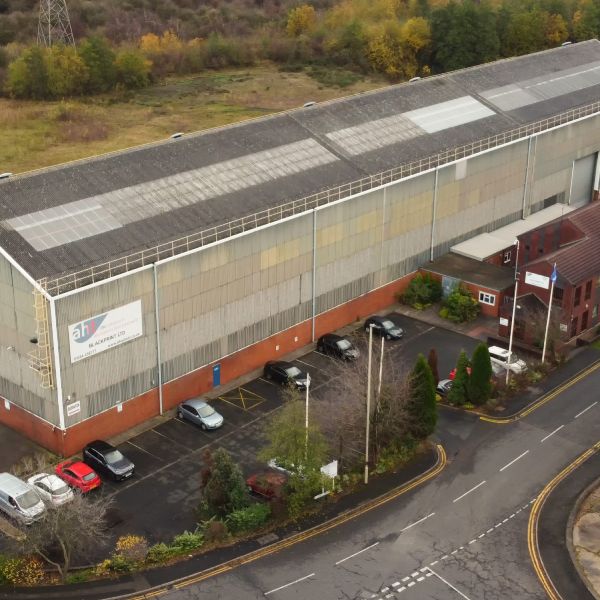What Is Non Destructive Testing? (NDT)
In the realm of materials science and engineering, ensuring the integrity of components and structures is paramount. From critical infrastructure in industrial settings to intricate components in the medical field, the need to detect flaws without compromising the integrity of the material is a constant challenge. Enter Non-Destructive Testing (NDT), a suite of inspection techniques that allow for the evaluation of materials without causing permanent alteration.
At Alloy Heat Treatment (AHT), we can offer NDT services, including the highly effective Dye-Penetrant Flaw Detection method, or Dye-Pen for short.
Understanding Non Destructive Testing (NDT)
NDT encompasses a variety of inspection methods designed to gather data about a material, system, or component without causing damage. This umbrella term covers techniques used across industries, from ensuring the safety of critical infrastructure to medical diagnostics. While NDT is often associated with industrial applications like heat treatment, its versatility extends to other fields, eg: medical fields, where techniques like MRI serve as non-destructive testing methods in the quest for accurate diagnostics.
Non Destructive Testing (NDT) Services
At AHT, we employ various NDT methods tailored to specific needs, and one of our key services is Dye-Penetrant Flaw Detection. This technique is particularly effective in detecting surface defects in heat-treated materials, offering a non-intrusive solution to identify flaws without altering the material’s integrity.
The principle behind Dye-Pen is elegantly simple yet incredibly powerful. A liquid penetrant is applied to the surface of the material under examination, allowed to seep into any surface-breaking flaws. After a predetermined time, the excess penetrant is removed, and a developer is applied. The developer acts as a contrasting agent, drawing out the penetrant from any surface-breaking flaws, thus highlighting them for inspection.
Advantages of Dye-Penetrant Flaw Detection
One of the primary advantages of Dye-Pen is its non-destructive nature. This method allows for the determination of flaw location and severity without causing any damage to the material being inspected. This is particularly crucial for materials that are expensive or difficult to replace, as well as for components slated for reuse or recycling. By pinpointing flaws without altering the material’s structure, Dye-Pen enables informed decision-making regarding maintenance, repair, or replacement, ultimately contributing to enhanced safety and efficiency across various industries.
Applications Across Industries
The applications of Dye-Penetrant Flaw Detection span a wide range of industries, reflecting its versatility and effectiveness. In the aerospace sector, Dye-Pen is instrumental in ensuring the structural integrity of critical components, thereby enhancing flight safety. Similarly, in the automotive industry, this method aids in detecting surface defects in engine parts, contributing to the reliability and performance of vehicles.
Get A Free NDT Quote:
With Dye-Pen and other cutting-edge techniques, we strive to provide top quality services within our specialised sectors, such as the automotive industry and the aerospace industry. Contact us today by calling our knowledgeable and friendly team, or sending us an email detailing how we could best help you. Click here for more information on Dye Penetrant Flaw Detection.












